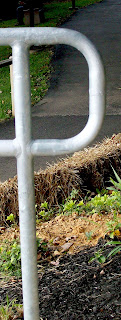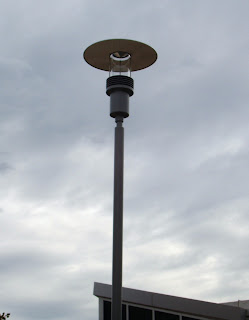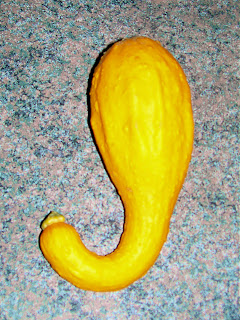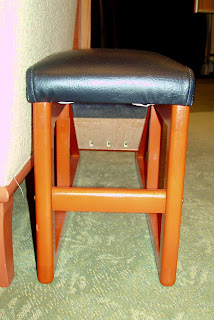There are some typefaces so classic that they'll never die—Bembo, Caslon, Garamond, Bodoni, and others. But what makes a typeface so unpopular that it is, effectively, killed? What makes a typeface unusable? Here are three ways to destroy one, whether deserved or not.
I. Demonize it
Souvenir was designed in 1914 for Morris Fuller Benton, who
also designed Franklin Gothic. But it didn’t take off until 1971, when ITC
released it with additional weights. Then, it was everywhere, from
advertisements to Playboy. It became
associated with the pre-punk 70’s, the height of bad taste and worse decisions,
overused to exhaustion.


But I would argue what really killed it is the number of
designers who teased and denigrated it as an ugly relic of the decade, and not
so much its overuse. Frank Romano in particular despised Souvenir, and seems to
have spent a considerable amount of his writing career just on trashing the
typeface. He said, “There’s nothing wrong with Souvenir that a complete
redesign wouldn’t cure” and “We could send Souvenir to Mars, but there are
international treaties on pollution in outer space.” Mark Batty called it “a
sort of Saturday Night Fever typeface wearing tight white flannel pants.” After
all that, who would want to use a typeface that would cause people to think of
platform shoes and porn star mustaches in a not-joking context?
II. Overuse it
Comic Sans is the typeface everybody loves to hate. Vincent
Connare originally designed the face in 1995 for a Windows program, to make it
look less intimidating and user-friendly. Like Souvenir, it became wildly
popular and used for everything, usually in the least appropriate context.
Thanks to Windows 5’s inclusion of the typeface, anyone with a desktop
publisher could use it. And boy, did they.
Some people ask how Comic Sans could ever be popular, but if
you look at trends from the 90s it actually makes total sense. Lots of
interesting things were popular and acceptable in that decade, like frosted
tips, and the Macarena. And yet, almost 20 years later, people still can’t
get over Comic Sans.
It’s certainly not the most beautiful typeface, but it is
also definitely not the ugliest. It was made to look fun, accessible, and easy
to read, and in that respect, it’s a successful typeface. Today, people swear
off the use of Comic Sans as though it’s an accomplishment to avoid it. Comic
Sans got killed by overuse, but also by two decades of bad jokes about
it—although, it doesn’t seem to care.
III. Destroy the only copy
Finally, the best way to kill a typeface is to destroy the
only version of it in existence, like Thomas James Cobden-Sanderson did to a
typeface called Doves. 1900, Cobden-Sanderson founded Doves Press with partner
Emery Walker. The typeface, cut a few years earlier by Edward Prince, was the
press’s official typeface and was used to set the famous Doves Bible in 1902.
Unfortunately,
Coden-Sanderson and Walker had a falling out, and Doves Press dissolved in
1908. The ex-partners created a contract that stated Cobden-Sanderson would own
all of the matrixes and punches (the physical typeface) until his death, at
which point it would pass to Walker. Fearing its misuse and driven by his
hatred of his former partner, Cobden-Sanderson began throwing the typeface into
the Thames in August 1916.
He worked
rather quickly for a 76 year old man carrying lead and wooden blocks of type, making
over a hundred trips over five months. The disappearance of the typeface wasn’t
discovered until after his death, at which point all of the copies were lost to
the water. It hasn’t been reproduced for the digital age, which is a shame. For
now, Doves survives only in the Doves Bible.











.jpeg)





















































































